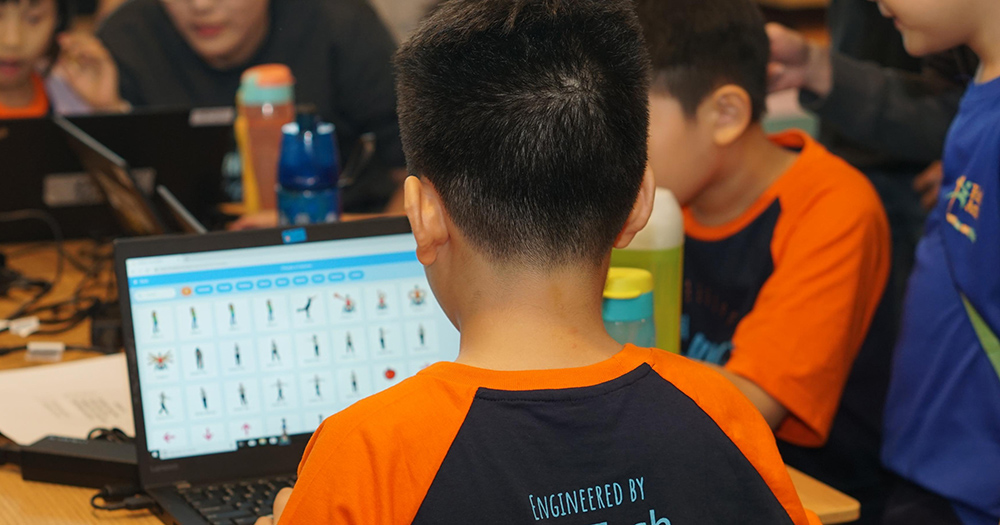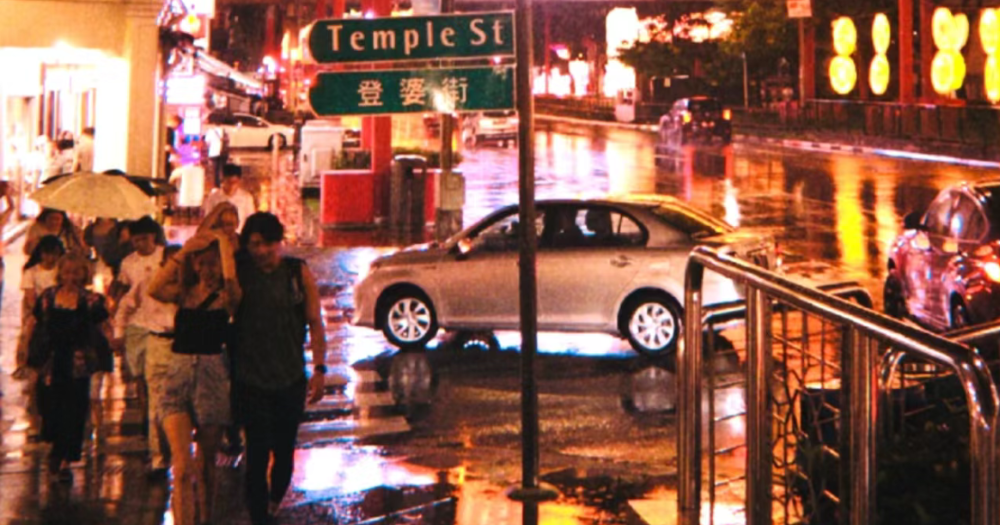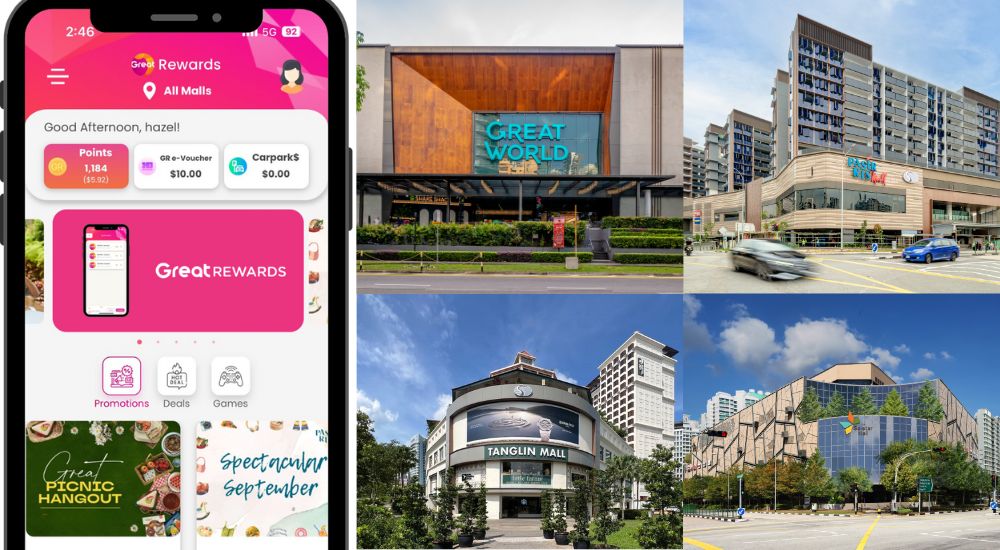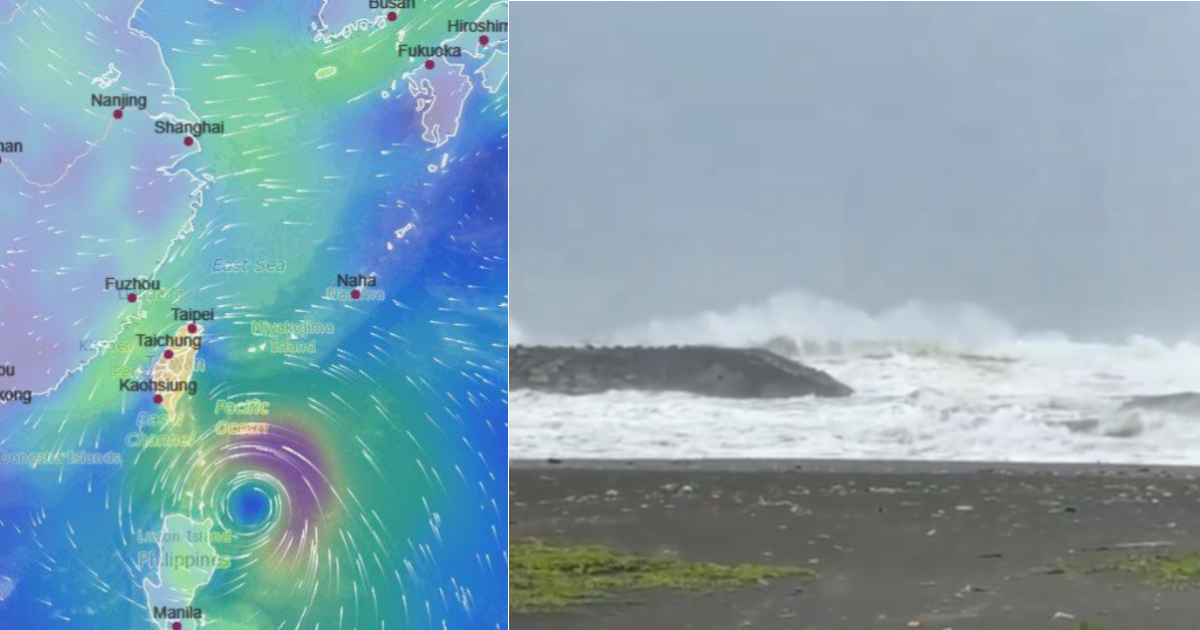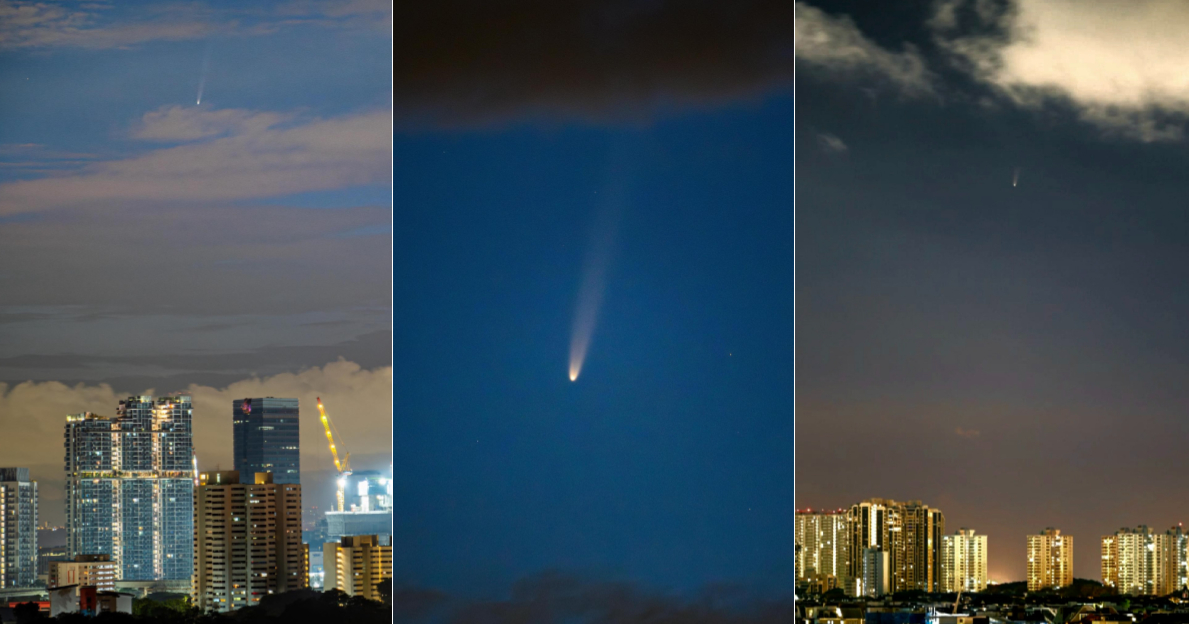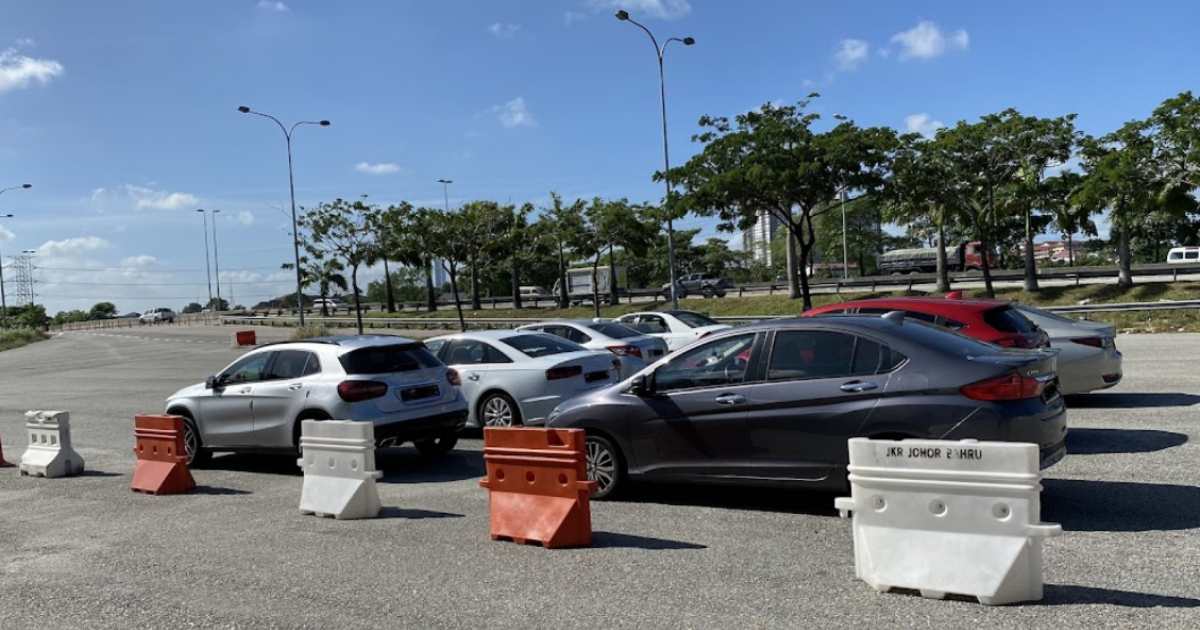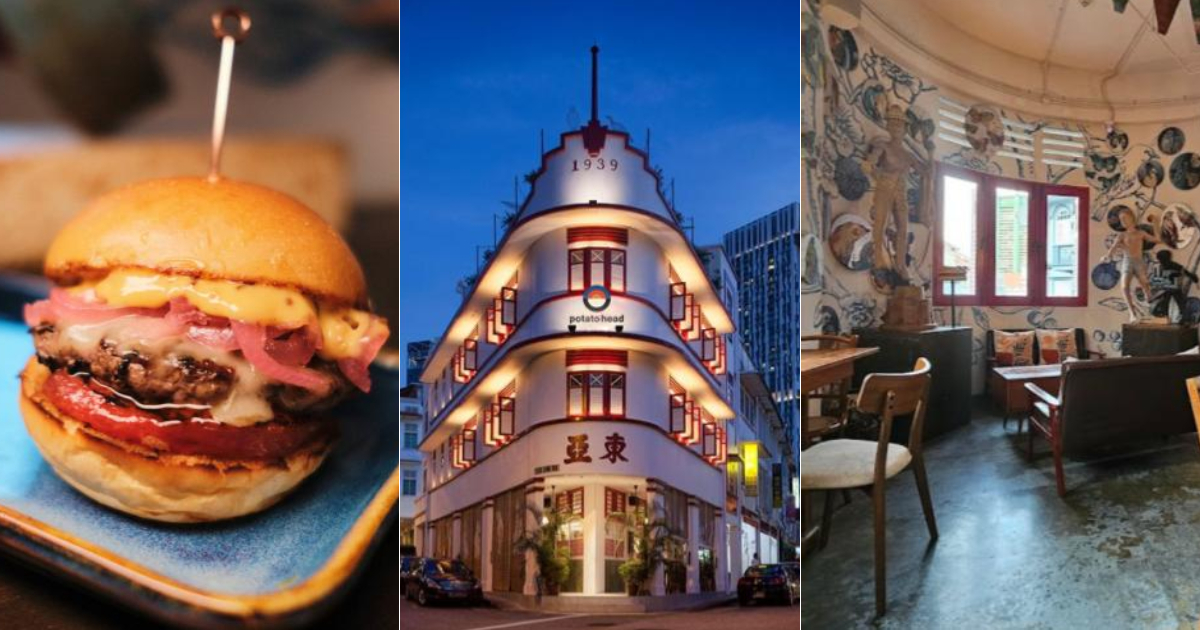MPA to explore feasibility of S'pore's 1st floating solar & tidal farm around Raffles Lighthouse waters
An environmental impact assessment will be conducted before implementation.
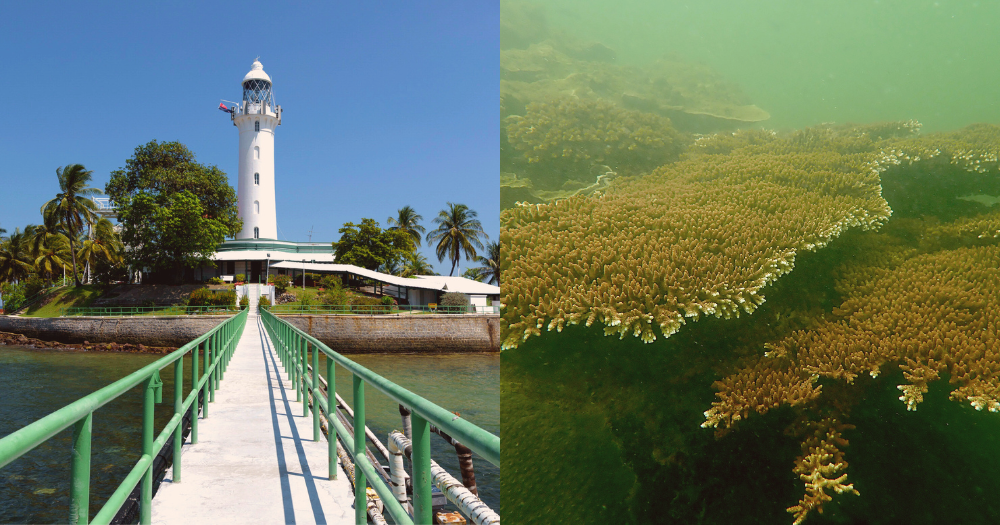
The Maritime and Port Authority of Singapore (MPA) is currently exploring the feasibility of Singapore's first maritime floating solar and tidal (MFST) farm surrounding offshore island Pulau Satumu.
An area of approximately 30 hectares has been identified as a suitable location to study the feasibility for large-scale generation of renewable energy such as solar and tidal energy, a spokesperson from MPA shared with Mothership.
A feasibility study, which includes an environmental impact assessment (EIA), is expected to begin in the fourth quarter of 2024, MPA added.
The conceptual design of the solar-tidal contraption will also be developed through the study.
Part of maritime decarbonisation efforts
This move is in line with MPA’s ongoing efforts to explore and harness renewable energy sources to support maritime decarbonisation efforts, with a target of net-zero emissions by 2050.
In May 2023, MPA launched a Proof of Value (POV) project in collaboration with Bluenergy Solutions to harness hydrokinetic energy off Pulau Satumu, as an alternative to the transport of diesel to generate power for facilities supporting Raffles Lighthouse.
For a period of six months, the project's underwater turbines supplied power for the non-operational electrical needs of Raffles Lighthouse, such as its living quarter, CNA previously reported.
While the feasibility study of the MFST farm is separate from the POV project, the insights gained from the POV project will contribute towards the feasibility study of the MFST farm, MPA shared.
The first dual renewable energy plant contraption
The MFST farm will be unique in its design, for there will be solar panels deployed above the sea surface and tidal turbines installed underwater.
The amount of energy generated by the MFST farm has yet to be confirmed, and is dependent on the conceptual design which will be further developed through the study.
With limited land space in Singapore, this hybrid feature could help to generate more energy with less space used.
Pulau Satumu a "refuge for many marine species"
Pulau Satumu, located approximately 23km southwest of Singapore, is home to the Raffles Lighthouse, guiding ships along the straits of Singapore.
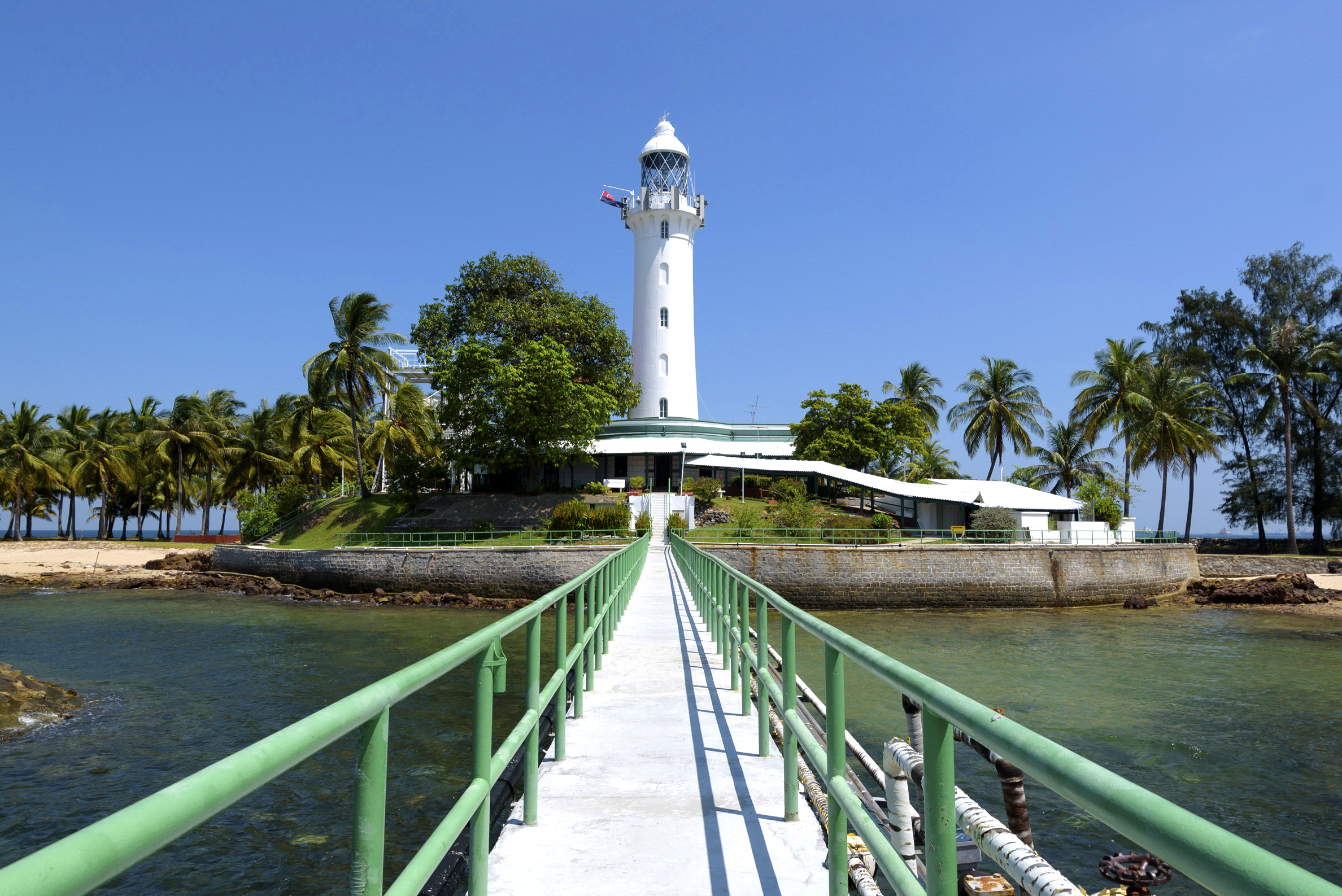 Photo from MPA Singapore
Photo from MPA Singapore
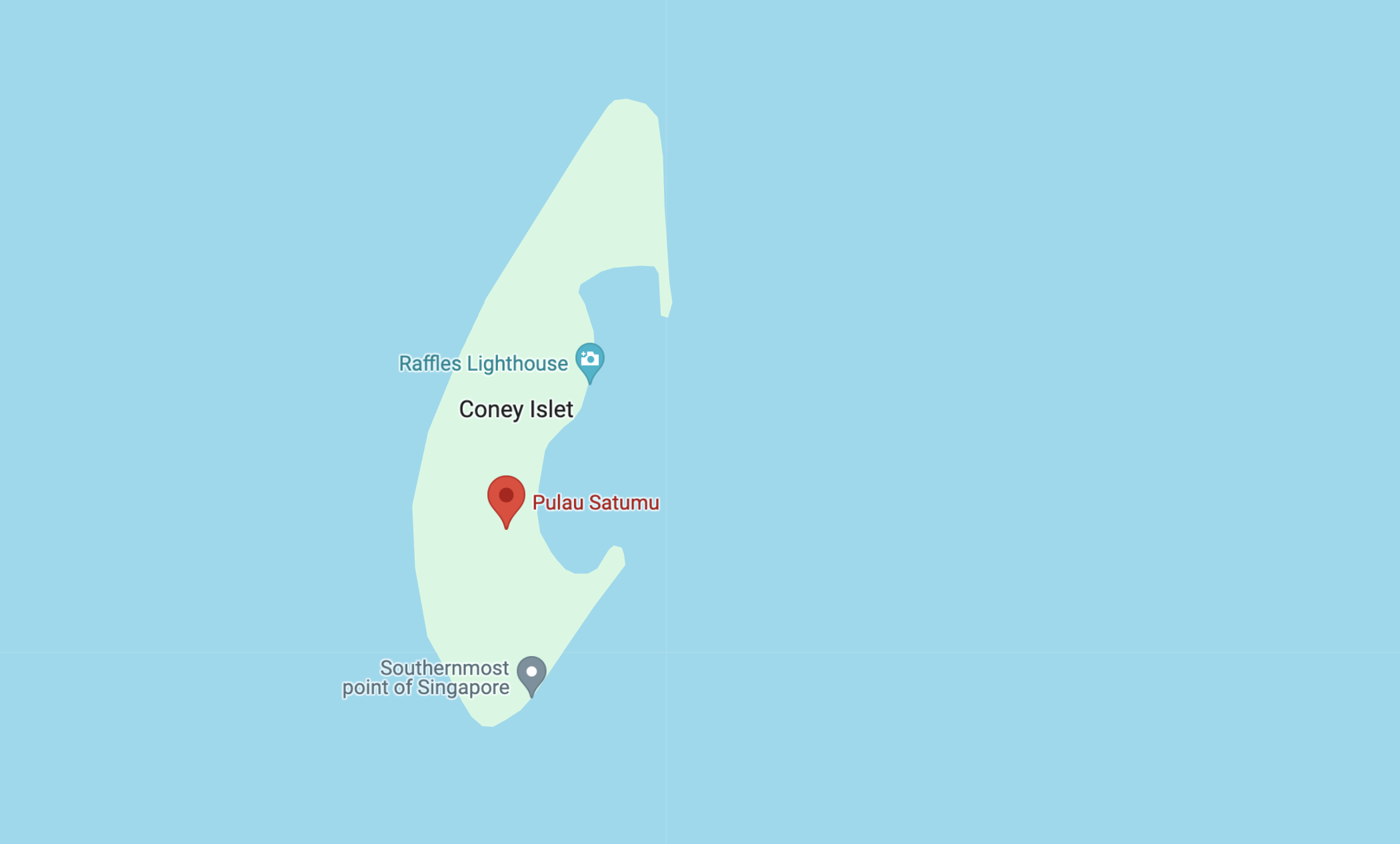 Screenshot from Google Maps
Screenshot from Google Maps
The lighthouse is currently still in operation, but access to this offshore island is restricted and can only be accessed by joining a special tour organised by MPA.
However, concerns have been raised regarding the choice of location for the MFST farm.
Pulau Satumu is a haven for aquatic life, with coral reefs built over millions of years.
The island, alongside Pulau Ubin and Pulau Semakau, had previously been highlighted as an area for "immediate conservation priority" in the Singapore Blue Plan 2018.
The report stated that Pulau Satumu is considered a "source reef for the region" which can contribute to genetic diversity.
"Their protection is urgent as there are signs ship grounding have destroyed portions of these reefs," the report wrote.
When asked what potential risks Pulau Satumu would face if development were to proceed, Associate Professor from the National University of Singapore Huang Danwei shared that the deployment of such artificial structures on the water's surface could “reduce light and impact coral reef health and biodiversity”, for corals require light for photosynthesis.
“Equipment that is situated too close to the reefs may also cause noise pollution and physically damage corals and other organisms”, he added.
According to Huang, who studies corals, “the coral reef fringing Pulau Satumu is the most diverse in Singapore known to us based on our surveys.”
Huang stated that it also has “amongst the highest coral cover amongst Singapore reefs” and is home to “several generally uncommon species”.
He cited the example of the locally endangered species Acropora spicifera, which was described from Singapore nearly two centuries ago, but is now only recorded at Pulau Satumu.
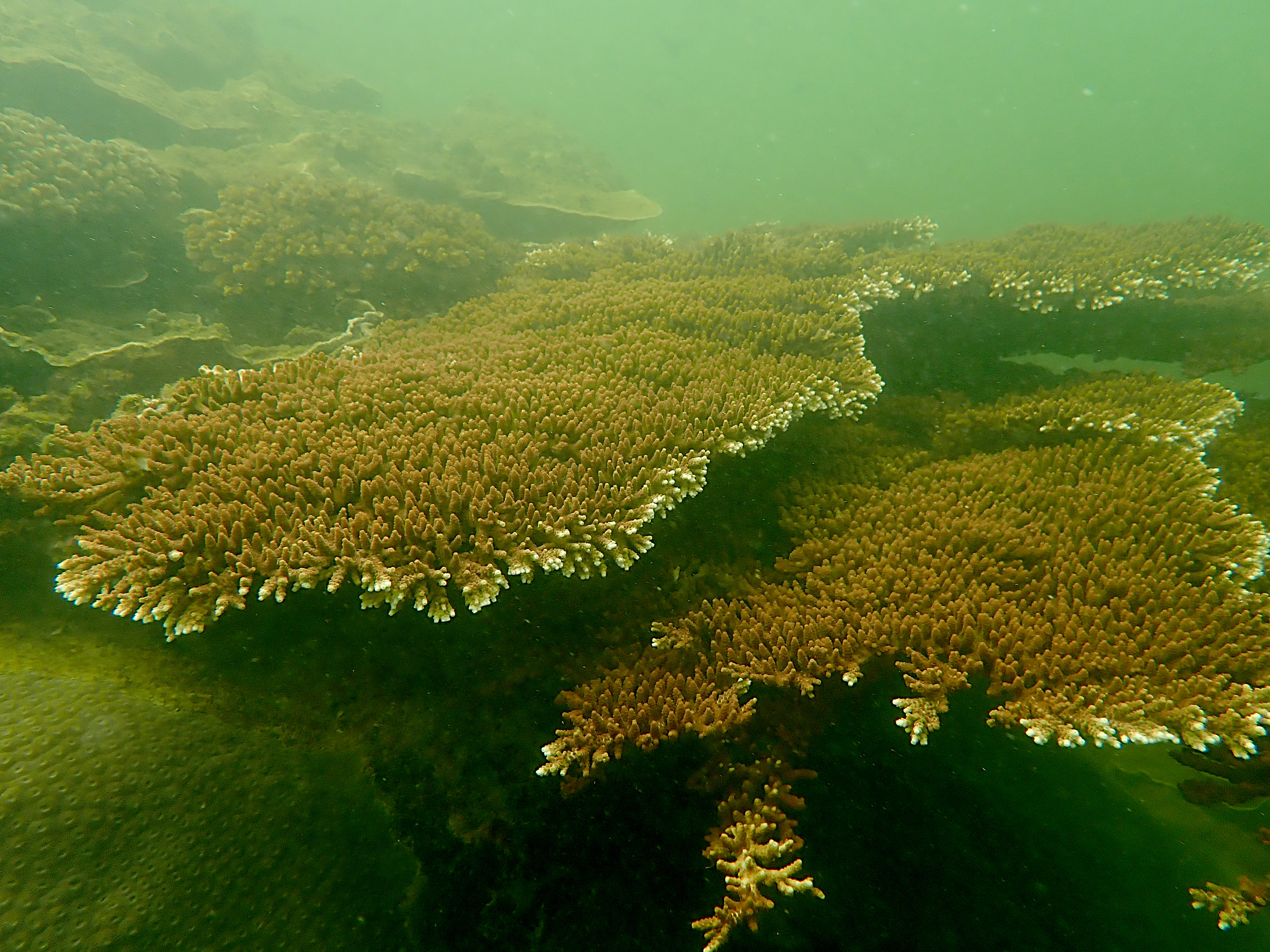 Locally endangered species Acropora spicifera. Photo courtesy of Danwei Huang
Locally endangered species Acropora spicifera. Photo courtesy of Danwei Huang
The coral reef is thus a refuge for many marine species in Singapore, Huang shared.
Considerations for the EIA
In light of the upcoming EIA, Huang emphasised that it “should pay attention to the specific locations of the farm” and suggested selecting sites that are a "safe distance from the natural reef habitat”.
One consideration Huang suggested could be the selection of sites that are “farther away from ecologically sensitive areas that could even allow for [the] expansion of operations with minimal impact to biodiversity”.
"We stand to lose a great deal of biodiversity if the habitats around it are impacted," he concluded.
Top photo from Maritime and Port Authority of Singapore/Website and courtesy of Huang Danwei
MORE STORIES







